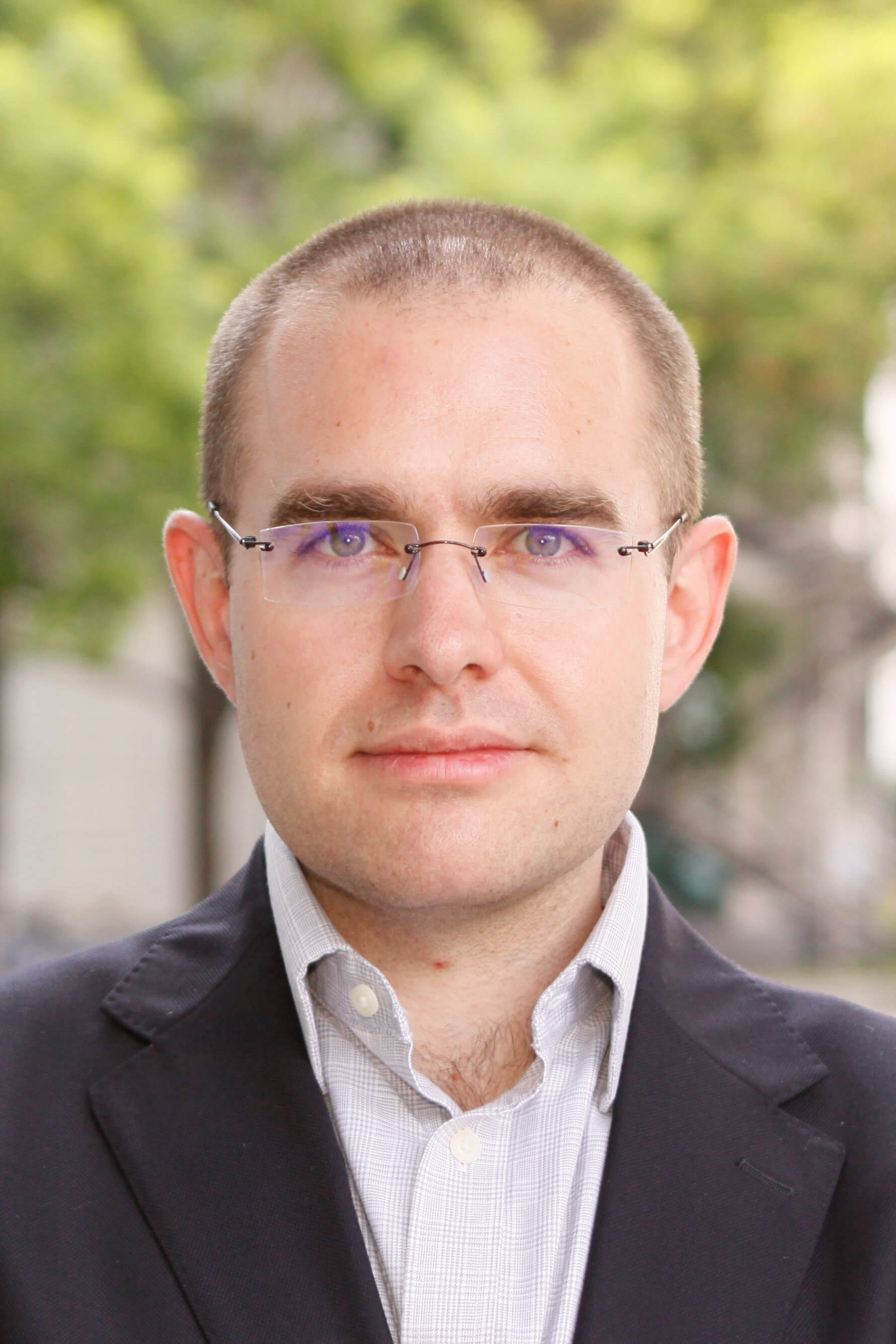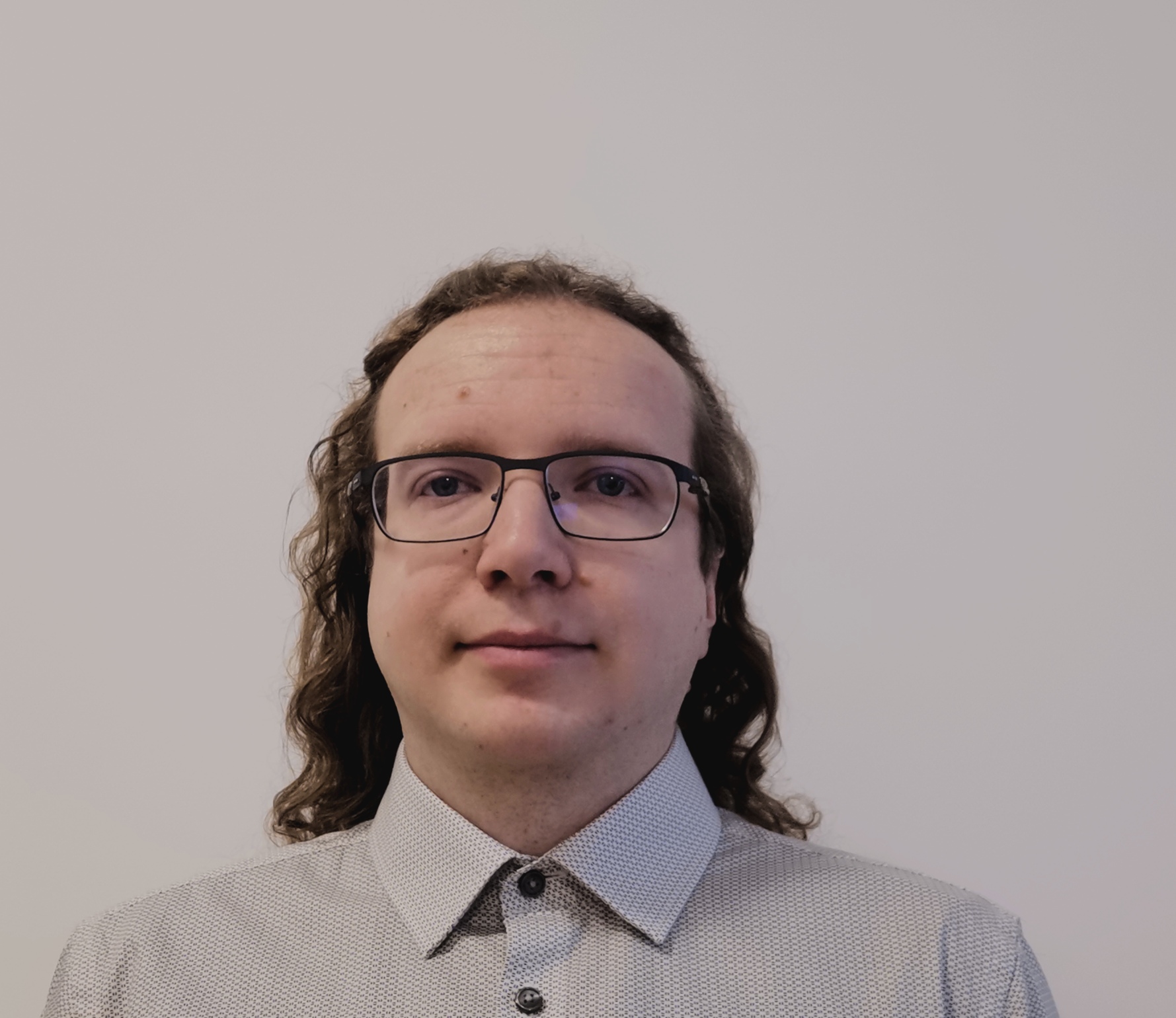Team
The PULGON project is headquartered at the Institute of Materials Chemistry of TU Wien. The principal investigator (PI) for the project is Dr. Jesús Carrete. Two PhD students will be hired to complete the project team at TU Wien. A collaboration will be maintained with the group of Dr. Riccardo Rurali at the Institute of Materials Science of Barcelona (ICMAB-CSIC) to work on the study of thermal transport across “phase” and “twist” interfaces.

TU Wien is located in the heart of Europe, in a cosmopolitan capital of great cultural diversity named the most livable city of the world numerous times. For more than 200 years, TU Wien has been a place of research, teaching and learning in the service of progress. TU Wien is among the most successful technical universities in Europe and is, with approximately 30 000 students, Austria’s largest scientific-technical research and educational institution.
The Department for Theoretical Materials Chemistry at the Institute of Materials Chemistry develops and applies electronic structure and scale bridging methods. The current focus is on density functional theory, thermal and electric transport properties and discovery and understanding of new materials.

Dr. Jesús Carrete is a Senior Scientist at the Department for Theoretical Materials Chemistry. His main line of research concerns itself with predictive approaches to the thermal conductivity of solid structures based on atomistic first-principles calculations. He has played a role in the development of this framework for pristine bulk systems and its extension to systems with crystalline defects like dopant atoms and dislocations, as well as to mesoscale structures like transistors. The results of this research provide fundamental insights into the physics of heat carriers like phonons, but also important hints for optimizing technological devices.
Another of his domains of activity is the application of machine-learning techniques to materials science, specifically in two areas: high-throughput screening of materials libraries for particular applications and development of interatomic potentials. Both intersect with thermal transport calculations in solids important ways, but also find use in a second kind of system he am interested in, namely ionic liquids as employed in electrochemical devices.
Jesús Carrete has published more than 120 articles in peer-reviewed journals and has an h index of 45 according to Google Scholar.

Yu Jie Cen is a PhD student at the Department for Theoretical Materials Chemistry of TU Wien. He graduated in June 2023 from the South China University of Technology with a bachelor’s degree and a master’s degree in Condensed Matter Physics. His areas of interest include first-principles computations, machine learning, calculations of materials’ properties and structure search. His work in PULGON revolves around nanotubes and he is also involved in laying the foundations of the framework to harness line groups.

Sandro Wieser is a postoctoral researcher at the Department for Theoretical Materials Chemistry of TU Wien. He graduated with a PhD degree in Physics at the Institute of Solid-State Physics at TU Graz in October 2023, where he had previously obtained a bachelor’s degree in Technical Physics and a master’s degree in Advanced Materials Science. His main area of research is the analysis of thermal transport in complex materials using computational approaches. Through the application of molecular dynamics techniques, he has investigated heat transport in complex hybrid materials such as metal-organic frameworks. Other areas of interest include the analysis phonon propagation and the development of highly accurate and computationally efficient machine-learning interatomic potentials, which are required to accelerate the demanding thermal conductiviy simulations.
In the PULGON project, his main line of work involves modeling III-V semiconductor nanowires to understand the significance of scattering processes caused by interfaces and boundaries for heat transport.